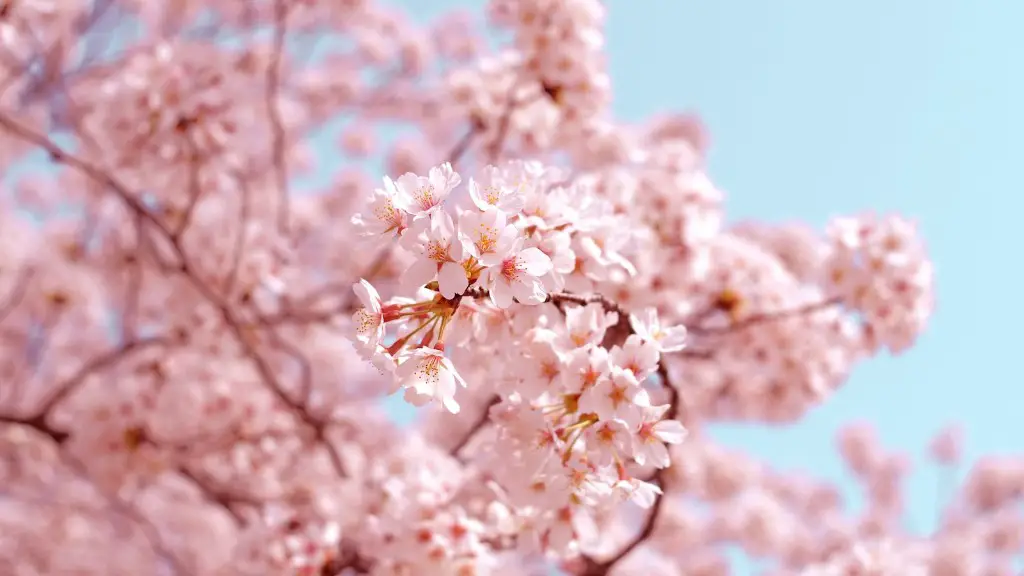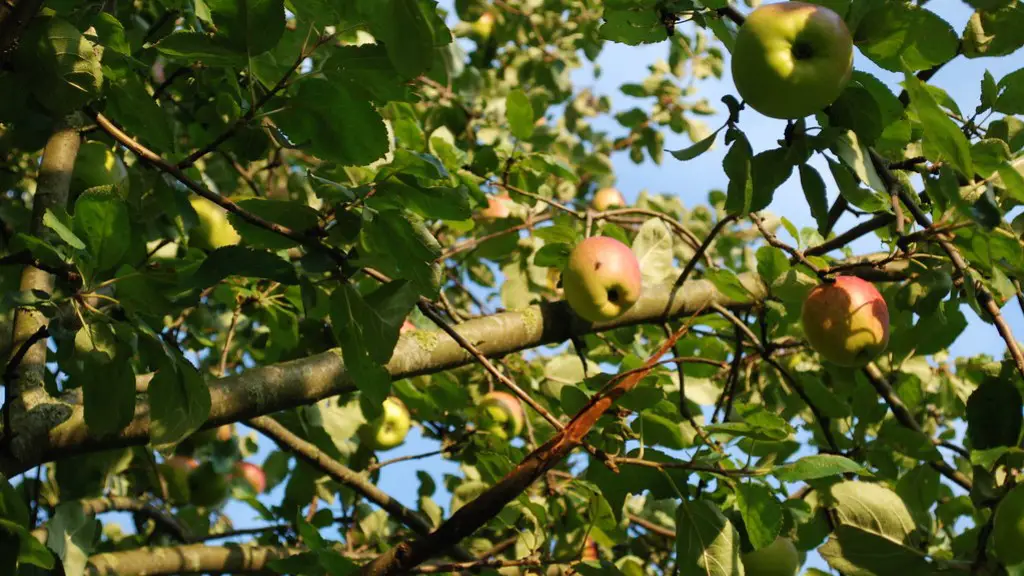Introduction
Christmas Palm trees are a festive sight to behold during the Holiday season, and they can liven any home. If you have a beautiful Christmas Palm, you should know how to properly care for it to ensure that it remains healthy and gorgeous throughout the season and even beyond it. The key elements of proper Christmas Palm care include proper watering, pruning, and fertilizing. Read on for more detailed information about how to take care of your Christmas Palm.
Watering
Christmas Palm trees require regular watering, about twice a week in the summer and once a week in the winter. Aim to water deeply, until the water puddles around the base of the tree, and allow the soil to dry out between waterings. Soak the soil until it is completely saturated, so that the water can reach your tree’s roots.
Pruning
Pruning is important for Christmas Palm trees to ensure that they maintain their shape and health. Pruning every 2-3 months during the growing season starting in March or April helps to get rid of fronds and keep the tree looking neat. Pruning in late fall or early winter should be done to get rid of any dead fronds and improve the aesthetics of the tree. Pruning should also be done when you notice the new growth of the tree is slowing down, as this can help to encourage new growth.
Fertilizing
Fertilizing is essential for Christmas Palms, as it helps to supply them with the nutrients they need to thrive. Fertilizer should be applied in March or April when the new growth of the tree begins to flourish. You should use a fertilizer specifically formulated for Palms and apply it to the soil according to the directions on the container.
Light
Christmas Palms require a lot of light in order to stay healthy. When placed outdoors, the tree should be in an area that receives full sun from 10am to 4pm. If the tree is kept indoors, place it in the sunniest window possible and rotate it periodically for even light exposure.
Temperature
Christmas Palms require warm temperatures in order to remain healthy. The ideal temperature range for the tree is between 54°F and 86°F (12°C and 30°C). If temperatures fall below 54°F (12°C), it is important to move the tree indoors, as cold temperatures can weaken the tree’s roots and lead to death.
Humidity
Christmas Palms require a good amount of humidity. Aim to keep the relative humidity of the air around the tree between 40%-70%. A good way to increase humidity is to mist the leaves of the tree frequently with a spray bottle. A humidifier can also be used to keep the air around the tree moist.
Pests and Diseases
Christmas Palms are prone to certain pests and diseases that can damage the tree. To keep your tree healthy, inspect it regularly for signs of pests or disease and take action immediately if any are spotted. Common pests to look for include scales, mealybugs, and spider mites. Common diseases to look for include root rot and crown rot.
Toxicology
Christmas Palm trees make a festive addition to your home during the holidays, but they can also be toxic if ingested. All parts of the tree, especially the fronds, contain calcium oxalate crystals, which can cause irritation and burning of the mouth, lips and tongue. Therefore, the tree should not be placed near areas where small children and pets can access them.
Repotting
Christmas Palms should be repotted every few years to provide them with fresh soil and to keep them from becoming root bound. The best time to repot is in early spring before new growth begins. Repotting is as simple as carefully lifting the tree out of its old pot and placing it into a new pot that is just slightly larger than the old one. Then, fill in the pot with fresh soil and water the tree thoroughly.
Protecting From Frost
If your Christmas Palm is kept outdoors, it is important to protect it from frost. A light frost can kill a Christmas Palm in just a few hours, so it is important to monitor the weather conditions and be prepared to shelter the tree if necessary. Move the tree indoors or to an enclosed space if temperatures are expected to drop below 40°F (4°C).
Foliar Feeding
Foliar feeding is an easy way to give your Christmas Palm the nutrition it needs to thrive. It is as simple as spraying the leaves and fronds of the tree with a fertilizer designed for Palms. It is important to use a fertilizer specifically designed for Palms, as other types of fertilizer may contain nutrients that the tree does not need. Spray the tree every few weeks with the fertilizer to ensure that it is getting the nutrients it needs.
Wrapping the Tree
Wrapping your Christmas Palm tree with a layer of burlap or a tarp is another way to protect it from frost. Wrapping the tree will help to insulate it from cold temperatures and will also protect it from strong winds and other elements. Make sure to wrap the tree securely and monitor the temperatures closely during cold weather.
Conclusion
Caring for your Christmas Palm can be an easy and enjoyable job, as long as you take the proper steps to ensure that your tree stays healthy and beautiful. Proper water, pruning and fertilizing, along with understanding the light, temperature, humidity and pests and diseases that the tree may face will go a long way in keeping your tree looking its best throughout the holidays and beyond.



